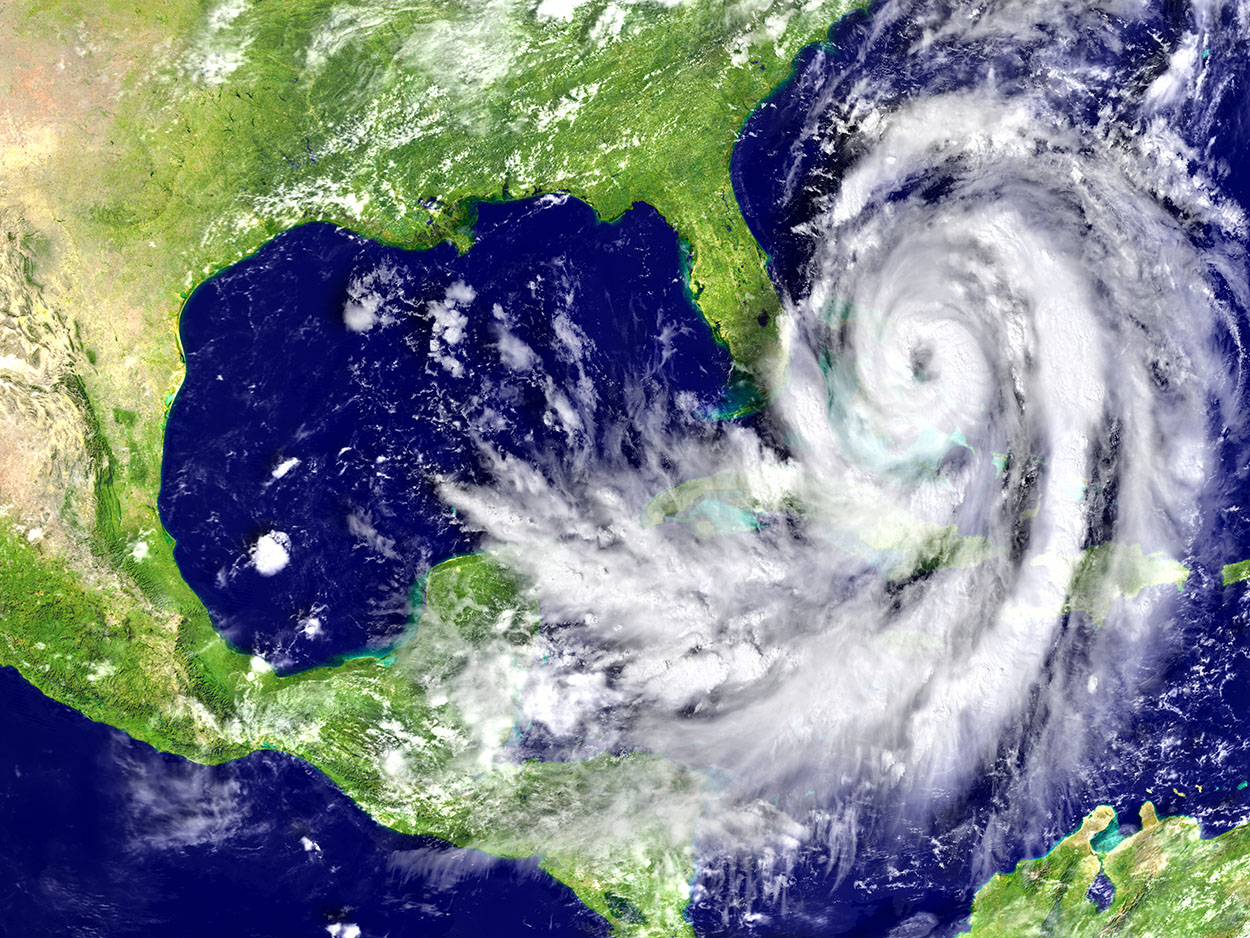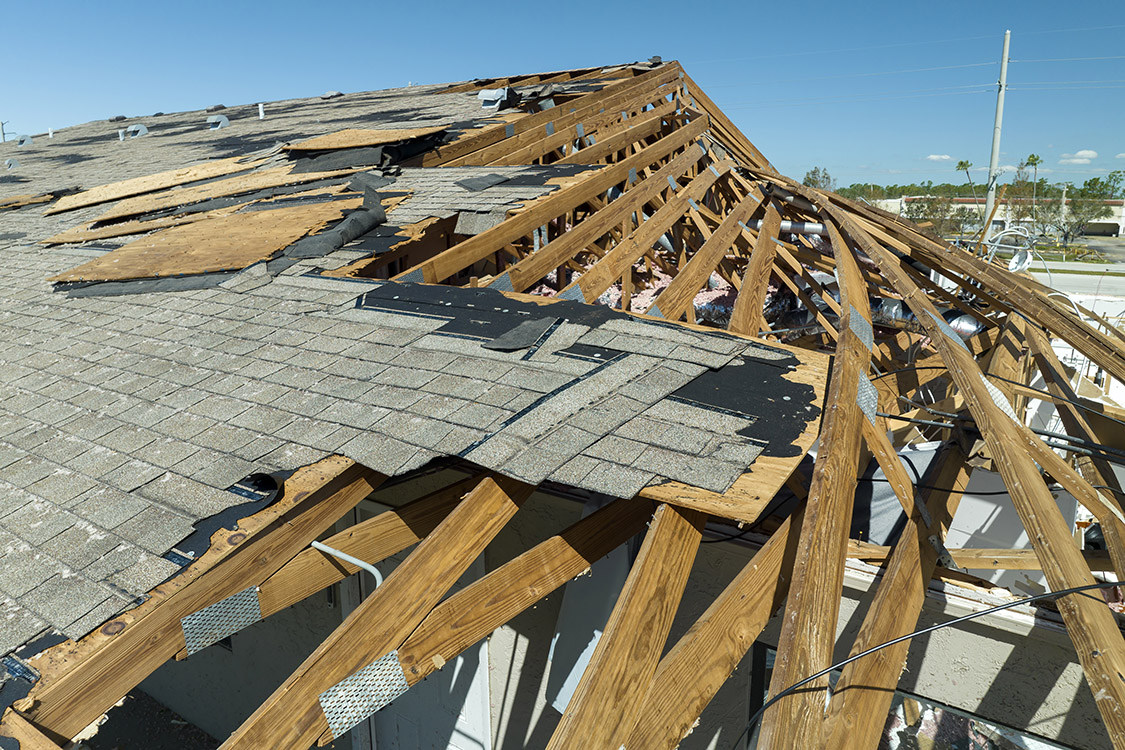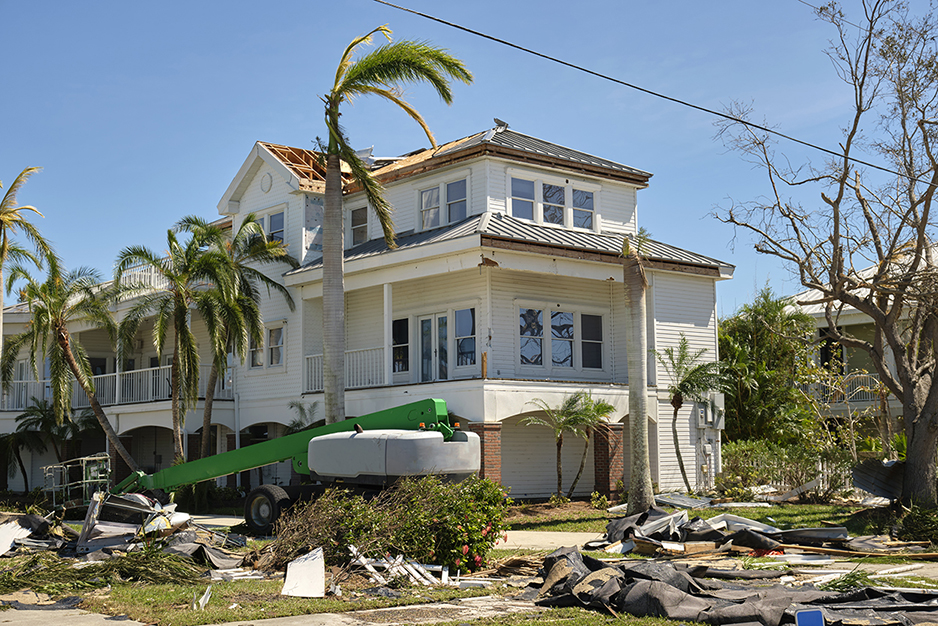The Ultimate Guide to Filing an Insurance Claim After a Hurricane and Flood damages
Hurricane Ian has put a renewed focus on flood insurance together with Hurricane (windstorm) event. The state of Florida was battered with rainwater, flood water and sewer water amongst other variables and effected our southwest community on the Gulf Coast which suffered incredible property damage.
Not everyone has flood insurance in Florida. Of the counties with evacuation notices, less than 20% of homeowners took out a flood insurance policy.
Unfortunately, many property owners may not become financially whole if they did not have flood insurance and damages are resulted from flood water. Insureds, even with documented damages from Ian will experience denials, delays, and undervalued insurance claims.
Read on for the ultimate guide to filing an insurance claim. Explore topics such as flood coverage and dealing with hurricane recovery.
What To Do After a Hurricane?
In the hurricane aftermath, your safety is paramount. When re-entering a flooded home, or hurricane damaged homes, it is imperative to safely shut off electrical systems. You may require a plumber or electrician to shut down gas and electricity before re-entering Further, you should hire a licensed florida electrician to inspect your electrical system before turning your electricity back on.
Next, you need to dry out the home. Open all doors and windows to speed up the process. If electricity is safe to use, fans and dehumidifiers are also effective. IF your carrier would like to provide you with a “preferred vendor” be sure to get a copy of ANYTHING you are signing for that vendor to perform services. Third party vendors from your carriers sometimes take all of the damages out of the property and then the carrier will state the removal prevented the next inspector from seeing the damages. Take photos! Make the vendor take photos and immediately email them to you. (Even if you cannot receive the email at that time if you have lost electricity, have the email sent to protect yourself).
Once the situation is stable, make sure to take photos and video evidence of the flooding damages and water line as well as the photos of any debris outside of your home. If you need to throw away any furniture, carpet etc. or items that have been water damaged by the flooding make sure you file the claim first and give the insurance company notice that you are removing these items and if they need to inspect the items first you should give them a reasonable time to inspect. Water damages in Florida can spread into mold quickly unless it is properly dried out and tested for mold.
You need to take an inventory of every item destroyed by the water. This information is crucial for a properly documented insurance claim.
How to File an Insurance Claim?
Call your insurance company or carrier immediately when you know you have damages. After safety is addressed, it is time to file an insurance claim (or 2 if the damages are related to both flood and hurricane damages). While hurricane recovery is significant, it is imperative to promptly report your losses.
This means reaching out to your insurance agent or carrier as soon as possible. The technical term for this communication is a notice of loss.
An insurance adjuster will reach out to you within 48 hours after your report the claim. However, it may take them longer to come out depending on the severity of the weather conditions. Hurricane Ian, for instance, is causing extensive delays in claim responses.
Your claim is going to include standard information such as phone number and e-mail address. You will need to know your insurance company and policy number. Also, you will need to provide your mortgage company’s information.
While filing, you should consider requesting advanced payments for additional living expenses, like a hotel if your home is uninhabitable. This will help you pay for immediate expenses. It is noteworthy that advanced payments are subtracted from your final claim amount.
The next important document is called the proof of loss. Typically, you have 60 days to file this after a reported claim. This document is very detailed oriented and can be deemed invalid if not properly completed.
Further you are required to complete a list of your inventory of everything damaged in the flood or hurricane water (and it must be proven to be related to the source of damages) along with amounts for replacement based on whether your policy provides for Actual cash value reimbursement or Replacement cost value reimbursement. Accompanying photos and videos go a long way to support your proof of loss filing. Failure to do this may result in an underpaid claim.
Your Guide to Filing an Insurance Claim
Dealing with hurricane aftermath or a major storm is not easy especially a disaster like Hurricane Ian that included flood damages in some areas. There is a physical, mental, and financial toll exerted on you and your family.
Flood insurance can alleviate the financial burden of flood damages but is typically limited to $250,0000.00. However, it is so important to follow the processes of your insurance company’s policy precisely. Make sure to promptly report your loss and provide all supporting proof.
If you are filing an insurance claim and need assistance, contact us today to speak with a professional.
‹ Back









